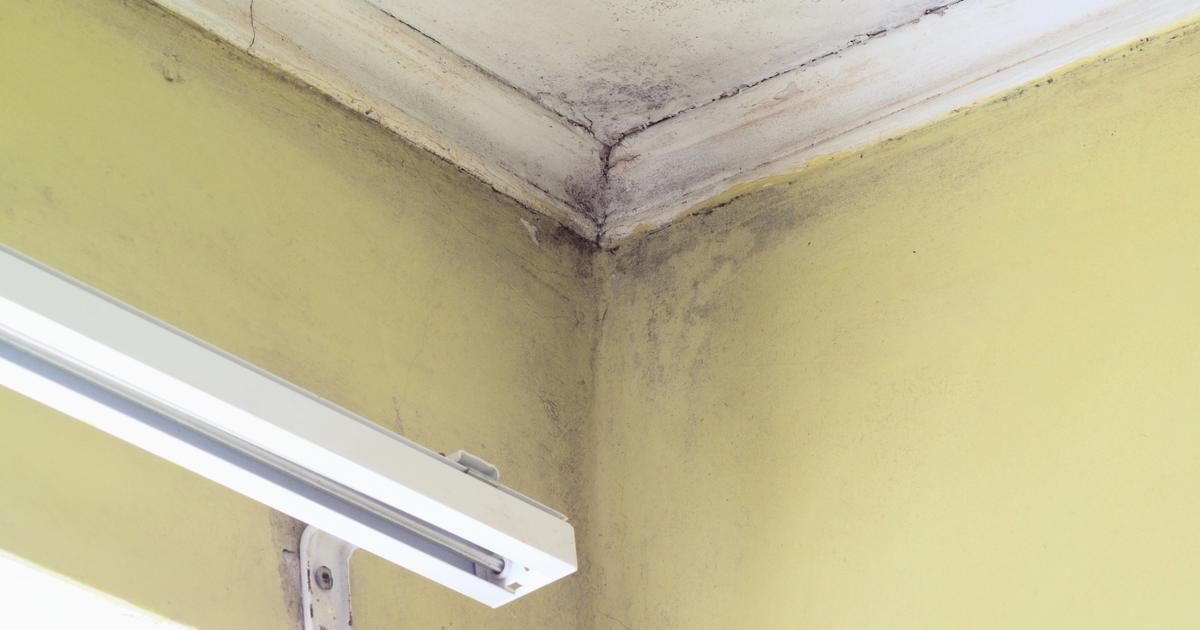Reasons Why Allergies Worsen During The Fall
Ah, autumn. It is a favorite time of year for many. There are many reasons individuals tend to be outdoors more. Summer’s intense heat is a thing of the past, yet the weather is balmy enough for enjoying the great outdoors. And there is something special to see: the explosion of vibrant colors as leaves undergo their annual metamorphosis. Even shorter days bring a bonus; since the sun goes down earlier, spectacular sunsets provide a beautiful backdrop for homeward commutes and early-evening outdoor activities. However, along with these perks comes a drawback: fall allergies put a damper on the season for a huge chunk of the population. There are quite a few reasons allergic reactions pick up in the autumn. Knowing what they are, and what to do about them, can make the season one to enjoy rather than suffer through.
People Tend To Be Outdoors More

Picture-perfect weather makes individuals want to spend time outdoors. Hiking, hitting bike trails, checking out delightful fall produce at orchards and farmers’ markets, taking the family to the zoo, and enjoying a lunchtime stroll are ideal pastimes. However, individuals with fall allergies find their symptoms flaring up when they go outside. And the outdoors comes into the home when pollens hitch a ride on clothes and shoes. But rest assured: you don’t need the stay inside until winter. Avoid outdoor activities in the morning, since weeds and pollen are more rampant before ten in the morning. On high-pollen-count days, eschewing strenuous outdoor activities can keep you comfortable. And be sure to plan for the kids: outdoor recess and gym classes are essential, but these activities can bring on symptoms. Make sure youngsters understand what triggers their reactions, have their medication at school and, if they are old enough, know when and how to take it. If the kids are too young to self-treat or need emergency medications, alert school nurses and teachers.
Learn more about why allergies get worse in the fall now.
Mold Is More Predominant

Big piles of leaves are irresistible for kids, but they are repositories of something unpleasant: mold. While hundreds of types exist, only a relative few are allergy culprits. These include the species that cause black areas in damp indoor places and the outdoor variety. While mold is present year-round, autumn is the season when it flourishes. There are many reasons why, in addition to falling leaves, mold is more predominant now. Plants are reaching the end of their lives and decaying, temperatures are cooler and accompanied by dampness, and breezes carry spores. It's no surprise fall has earned a reputation as the moldy season. Since individuals with allergies may wheeze, develop asthma, breathe heavily, sneeze, have itching nose, throat, or eyes, and experience nasal congestion—symptoms of other allergies—testing can help you find out what triggers your reactions. If you must mow the lawn, rake leaves, or perform other yard work activities, wear a mask designed to protect against pollen.
Keep reading to discover more reasons why allergies worsen in the autumn.
Weeds And Pollen Are More Rampant

The prize for the number one fall allergy producer goes to ragweed. This plant normally begins sending pollen into the air in mid-August and continues to do so until October or the first hard freeze. Even if you don’t live in a place where ragweed grows, you may feel its effects: wind can carry its pollen four hundred miles or more. Sufferers may find some produce, including zucchini, melons, and bananas can bring on symptoms. In addition, warm days give pollen levels a boost. And when it rains, weeds (including goldenrod, sagebrush, and ragweed) grow like—well, like weeds. For the as many as twenty percent of Americans who have a ragweed allergy, there are many ways to enjoy autumn. Wearing a mask when outdoors (especially while working in the yard) can relieve the congestion, itching and watering eyes, coughing, sinus discomfort, and sneezing that are hallmarks of seasonal allergies.
Continue for more on the link between allergies and the fall.
Lack Of Consistency With Allergy Treatment

According to allergists, sufferers only begin to feel relief from medicine after taking it for two or three days. And allergy shots, which gradually desensitize an individual's immune system to the allergen, must be given regularly. To fully reap the benefits of allergy medicine, it’s essential to take them consistently, not only when you have symptoms. The optimum time to begin is several weeks in advance of the season to give them a chance to become effective. Ragweed’s 'opening day' is fairly predictable—usually a week or two either side of August 15—so knowing when to jump-start treatment is simple. Individuals with allergies may also want to continue to use medicine until the end of the season. A lack of consistency with allergy medicine can have even more serious consequences, as symptoms can rapidly escalate into complications requiring more rigorous therapy. Always communicate with your doctor and follow their recommendation.
Keep going to learn about the next reason allergies get worse in the fall.
The Outdoors Comes Into The Home

Even if you don’t leave the house, it’s easy to feel the effects of pollen. Those pleasant autumn days make it tempting to open doors and windows. It’s a good idea to keep them closed during peak pollen times. Check area weather updates or apps for the current counts and don’t forget to clean or change filters on your air conditioners regularly. The same goes for the heating system, as vents and filters are places where pollen and mold are often trapped during the warm months. And when you do outside, a few simple precautions can keep allergens out of the house. Take your shoes off before entering the house (or keep them in a special closet), deposit your clothes in the washer, and hit the shower. Don’t forget your pet: give them a good brushing or wipe-down to keep allergens off their favorite spots.
Following these easy guidelines can ensure you and your family will enjoy the pleasures of autumn without succumbing to nasty allergy symptoms. And that’s a good thing: all too soon, autumn gives way to the chilly temperatures and short days of winter.